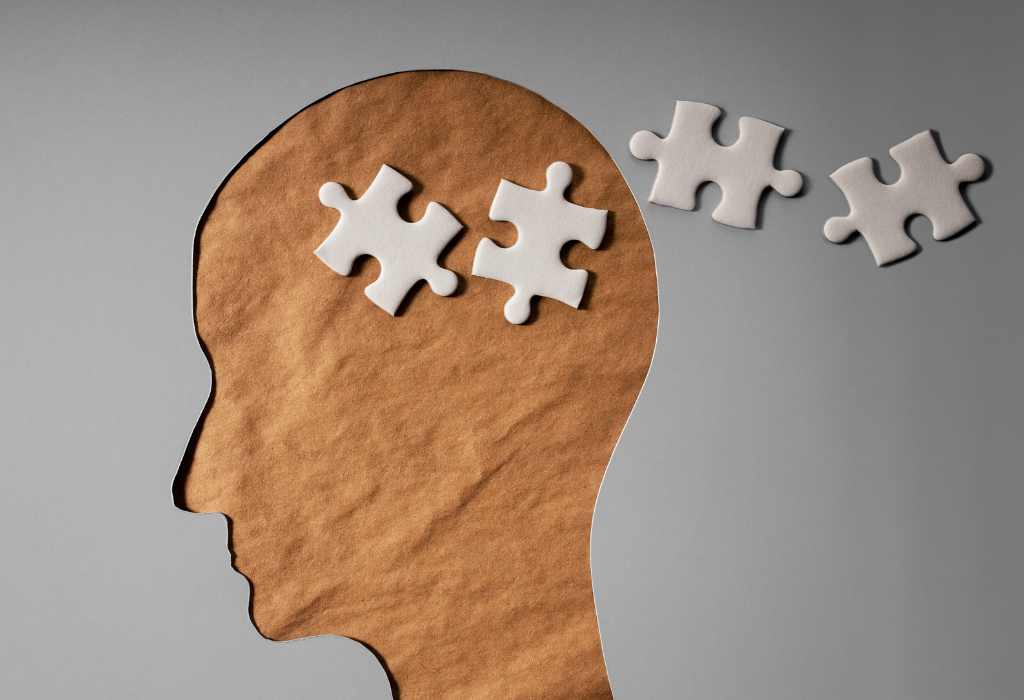By Kunal Sinha
“Humans might be made from stardust, but brands are made by memories.” – Jenni Romaniuk, Ehrenberg-Bass Institute
Most consumer decisions are memory based.
These decisions don’t not really happen when they are exposed to ads. They happen later, because brands have strategically placed memory retrieval cues across different customer touchpoints.
For brands, their advertising journey begins by exposing prospective buyers to the products and services through the means of ads. But what really matters is how well the ad, the brand, and the products are stored in their memory.
Neuroscience and psychology have recently added significantly to our understanding of how memories and brains work.
These developments have important implications for advertising, because advertising works by creating and refreshing memories. We now know that most of our thinking and decision-making is non-conscious and emotional.
Yet traditional theories of advertising continue to hark back on a dated view that humans are mostly rational (occasionally emotional) decision-makers, with near-perfect memories.
Advertising works by reaching brains and nudging our propensity to buy. This mostly happens without us being conscious of it. Occasionally an ad might elicit the reaction ‘I should buy that’.
However, even this intention only weakly nudges our buying propensities, because we often forget or are deflected from our intentions. This should remind us that advertising works through its effect on memories.
Memory always prioritizes emotions.
Human brains will always prioritize emotional experiences as most emotions have a deep impact on our entire physiology as well. This is called the memory prioritization effect.
Whether they are good or bad emotions, our sensitive little human brains think if something is this important that it aroused emotions, it is important enough to be remembered and hence stored.
While all the above-mentioned nuances around the memory framework of encoding, storage and retrieval are important to consider during the conception of ad concepts, it is of utmost importance to appeal to your audience emotions to make your ads memorable and stored in the long-term memory.
An advertisement builds memory structures when it is processed; memory structures generate sales when they are associated with the brand that is being advertised. Most advertising exposures fail these two hurdles, so the money spent is wasted, or worse, the ad refreshes memories for competitor brands.
We also know now that advertising can work without us paying it much attention.
We are able to notice things at a very low, even subconscious, level, just as in a conversation at a crowded party, we can still hear our name being called in the noise of background conversations.
But just because part of our brain is monitoring our environment at a very low level, it doesn’t mean that it lets this information impinge much on our long-term memories. If advertising can generate more conscious attention and processing, it works better.
With people screening out so much advertising, the marketer’s challenge is to get past the brain’s screening mechanisms and to generate that little emotional reaction in the direction of acceptance: ‘I will pay attention to this’.
Memory is the link between an ad and brand choice.
Even a frequently purchased item (e.g. cooking oil) is only bought, on average, eight times a year, and any single brand is only typically bought once or twice a year (Nielsen 2007).
There can be many months between exposure to an ad and when the viewer is in a shopping situation with a relevant opportunity to recall brand memories (which are possibly influenced by the ad). To influence behaviour, advertising must work with people’s memories.
The dominant way that advertising works is by refreshing, and occasionally building, memory structures. These structures improve the chance of a brand being noticed and/or recalled in buying situations; this in turn increases the chance of a brand being bought.
Memory structures that relate to a brand include what the brand does, what it looks like, where it is available, when and where it is consumed, by who and with whom. Memories are associations with cues that can bring a brand to mind. They can also remind consumers to take it out of their pantry and eat it.
What marketers and agencies must do.
Advertising’s crucial role is in shaping people’s brains so that the brand can be seen. And remembered.
Therefore, the primary task of advertising agencies is to generate outstanding creative ideas that viewers will notice and will be willing to process over and over. This processing should be brand-centric; it must refresh the memory structures that relate to the brand.
This is hard, which is why most advertising fails. That’s why some of the new findings from neuroscience and psychology are so important – we need to understand how attention and memories work.
We now know that very little thinking, if any, can be described as purely rational.
Emotion is a primary source of human motivation, and exerts substantial influence on attention, memory and behaviour; it is no wonder emotion is heavily used in advertising.
For example, emotion can be seen in advertising when the audience sheds a tear watching an ad for cancer research, or laughs with the characters in a beer ad, or shows shock, fear and relief watching an insurance ad.
People watch TV dramas, listen to music and read books largely for an emotional ride. They enjoy gaining the same from advertising and when their emotions are aroused, they pay more attention.
The recipe
A simple (but not easy to implement) recipe for effective advertising that makes a brand memorable is:
- reach all the category buyers
- don’t have lapses in advertising – keep refreshing their memory
- get noticed, not screened out, by stoking the consumer’s emotions
- use clear brand links – leverage a brand’s distinctive assets;
- mentioning (verbally and/or visually) the brand name is crucial;
- show the product in use in order to refresh and build memory structures that make a brand more likely to come to mind and be easier to notice
Enjoy viewing some extremely memorable campaigns here:
Volvo Epic Split: https://www.youtube.com/watch?v=M7FIvfx5J10
Thai Life Insurance: https://www.youtube.com/watch?v=U6CSQvdfTKY&t=5s
Old Spice: https://www.youtube.com/watch?v=idezBPUPi74
Hutch: https://www.youtube.com/watch?v=r8ZC9uDg8Ik
Google Search: https://www.youtube.com/watch?v=gHGDN9-oFJE&t=111s
Learn more about building brands through creating memory structures by attending my workshop The Codes of Asian Branding on November 6&7 at Eastin Hotel, Kuala Lumpur.
Kunal Sinha is Chief Knowledge Officer at Ampersand Advisory, Kuala Lumpur. He has built brands across China, India and Indonesia, is the author of six books on creativity, consumers and marketing, and has spoken at the world’s top business schools, including Harvard, Cambridge, London Business School, University of New South Wales and CEIBS.
MARKETING Magazine is not responsible for the content of external sites.
An afternoon of conversations we never had, with leaders most of you never met.
Discover what’s possible from those who made it possible. Plus a preview of The HAM Agency Rankings REPORT 2024.
Limited seats: [email protected]
BOOK SEATS NOW









